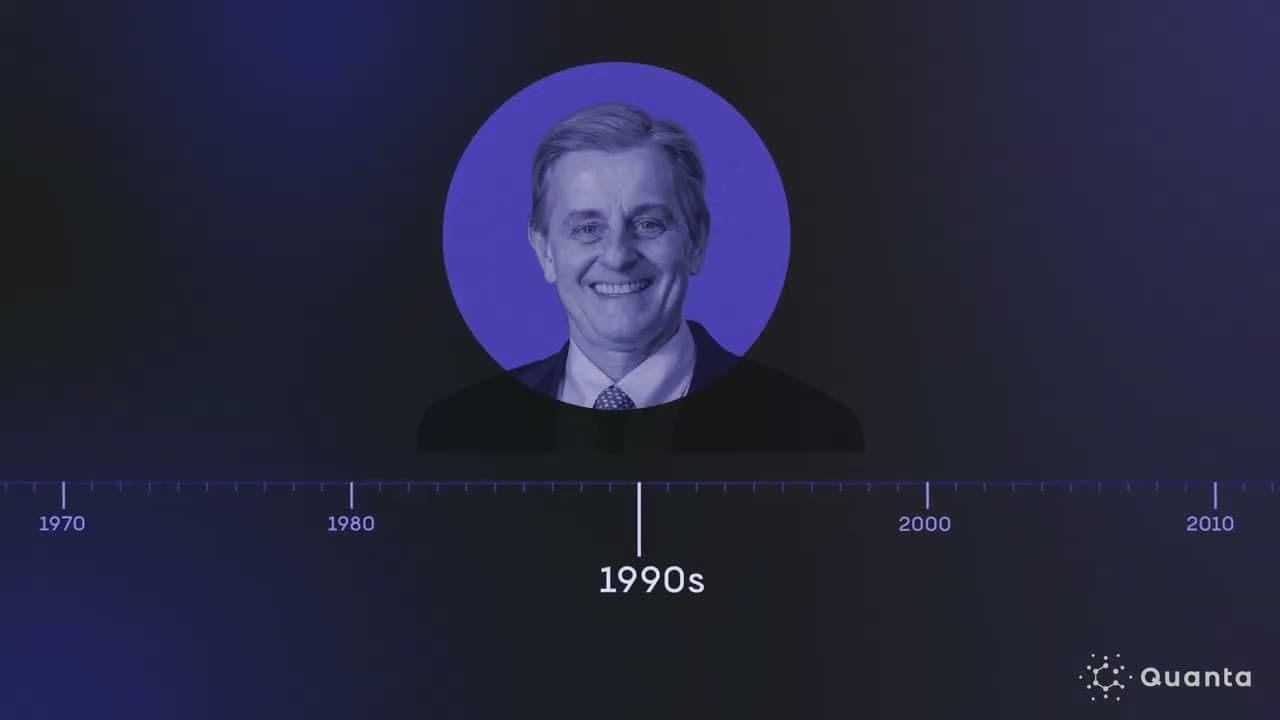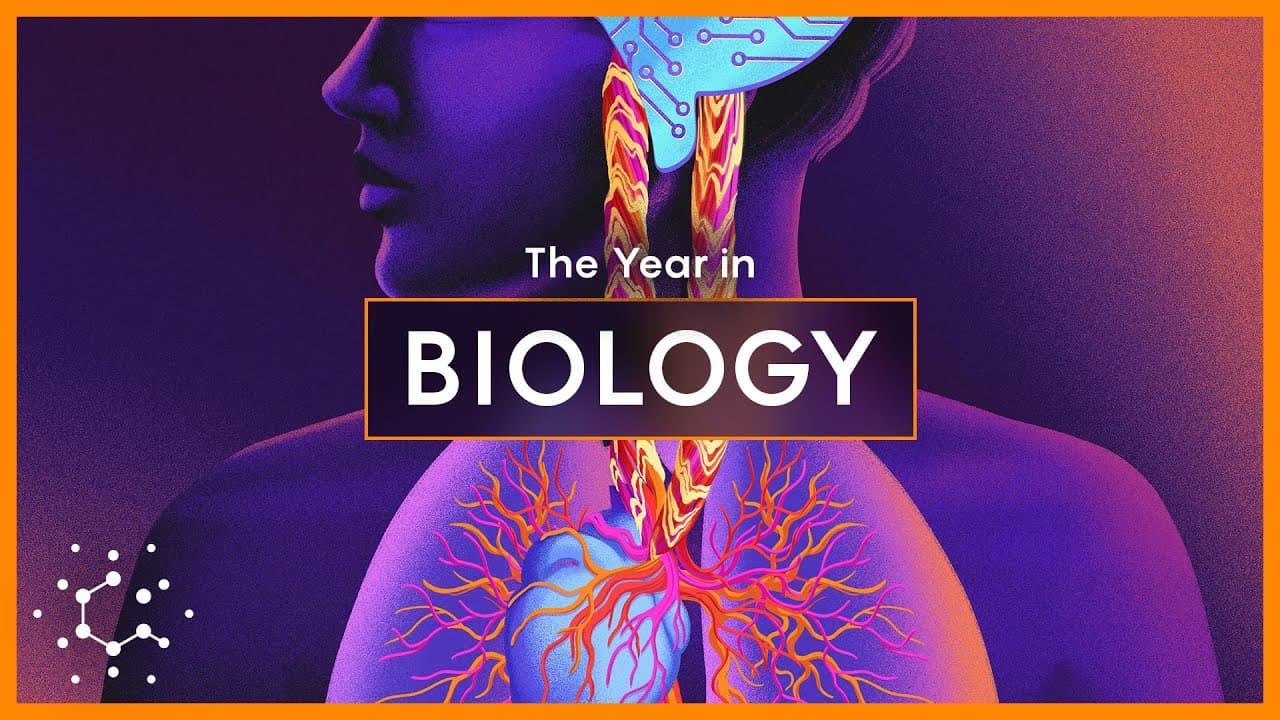Exploring the Roots of Life and Beyond
I never imagined that tracing my own origins would lead me through billions of years of evolution, uncovering secrets of ancient life forms and surprising connections in our bodies that could reshape modern medicine.
TL;DR
I delved into my ancient ancestor LUCA, revealing a complex organism that set the stage for all modern life on Earth billions of years ago.
Building on that, I uncovered the vagus nerve's role as a vital link, regulating immune responses and maintaining body-brain balance in unexpected ways.
Next, I explored how AI transformed protein science, predicting structures and enabling designs that could solve pressing human challenges.
These insights wove together evolution, neural pathways, and molecular innovations, hinting at profound implications for health and technology.
As I began this journey, I learned about LUCA, the last universal common ancestor, a population of organisms that lived around 4.2 billion years ago. Scientists used evidence from various disciplines to reconstruct its genome, estimating it had about 2,600 proteins and could metabolize hydrogen gas and carbon dioxide. This complex entity wasn't the origin of life but the foundation for all cellular life today, including bacteria, archaea, and even me.
LUCA likely existed in a dynamic ecosystem, interacting with other microbes and possibly viruses, as indicated by its Crispr-Cas immune system. By analyzing evolutionary trees from 700 bacterial and archaean species, researchers inferred that LUCA was similar to a modern bacterium, with a simple phospholipid membrane for maintaining its genome and building proteins. It survived while other early organisms faded, evolving into the two main domains of life: prokaryotes and eukaryotes.

Moving forward, I turned my attention to the vagus nerve, a long bundle of neurons acting as a communication highway between my brain and internal organs. This nerve handles sensory information from the body to the brain and sends regulatory signals back, maintaining essential functions like breathing and heartbeats to keep everything in balance.
In recent studies, scientists discovered that the vagus nerve connects directly to the immune system, acting like a dial to control inflammation. For instance, experiments showed that activating specific neurons in mice could amplify or suppress inflammatory responses, linking overactive inflammation to diseases like multiple sclerosis and diabetes. This revelation, first hinted at through historical work on frogs, suggests that many disorders involve disrupted body-brain communication.

Finally, I explored the world of proteins, those microscopic machines that drive life's chemical reactions by folding into precise shapes based on their amino acid sequences. For decades, solving the protein folding problem was a massive challenge, requiring years of effort and significant resources to determine even one structure.
Then, AI changed everything: DeepMind's AlphaFold 2 predicted protein structures with remarkable accuracy, using neural networks trained on vast datasets of known proteins. This breakthrough allowed for designing new proteins from scratch, potentially addressing issues in medicine, energy, and sustainability, such as creating proteins to degrade toxic compounds or improve disease treatments. By predicting interactions within cells, these tools opened doors to innovations that could tackle humanity's biggest problems.

Reflecting on these discoveries, I see how understanding our distant past and intricate biology not only answers fundamental questions but also paves the way for transformative advancements in health and technology.
Key Takeaways
Living billions of years ago, LUCA represents the common ancestor that evolved into all modern life, showcasing early complexity in a shared ecosystem.
The vagus nerve serves as a critical regulator of immune responses and body-brain communication, influencing diseases through inflammation control.
AI has revolutionized protein science by predicting structures and enabling custom designs for medical and environmental solutions.

